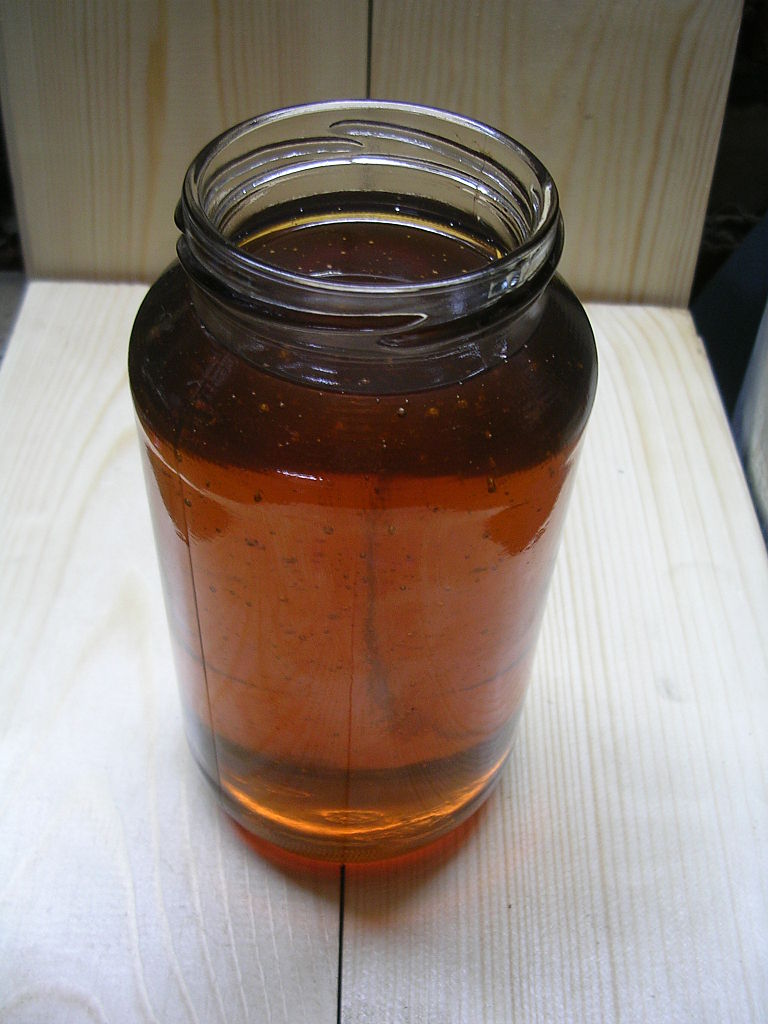
Unrecycled motor oils originate from naturally occurring crude oil. As such, motor oils are necessarily a complex combination of organic compounds: Molecules made simply of carbon and hydrogen.
A percentage of these hydrocarbons include ring structures—whether saturated aliphatic rings or aromatic rings (benzene or polycyclic). However, the largest percentage of motor engine oil consists of straight and branched chain hydrocarbons of varying lengths. Motor oils are high-quality lubricants, but even the best of these products will degrade with use.
Why is Oil a Lubricant?
A good lubricant must readily flow and have sufficient viscosity. It should not freeze in even cold environments. It should possess a high level of heat stability. Hydrocarbon molecules do not exhibit strong intermolecular forces, which helps, rather than hinders, free flow.
Heat flow is not of primary importance, as the cooling system—water and antifreeze—accomplishes that. Motor oil must not chemically react with the surfaces it is designed to lubricate and protect. In fact, it should help reduce corrosion of these surfaces.
Motor Oil Degradation: Three Factors
The three factors that degrade motor oil the most are shear, heat and oxygen.
Shear refers to the literal tearing apart of molecules by cutting or ripping motions. Molecules can be broken by high-speed repetitive shearing between two moving parts in close contact.
Then there is oxygen—a reactive substance that rusts and corrodes metals slowly, even at room temperatures.
The temperature of motor oil may reach well over 1000º Fahrenheit or 538° Celsius!
In addition, excessive rubbing—called friction—can swell moving parts, and result in engines seizing up. Even the best of lubricants, including modified engine oils, cannot avoid all the ill-effects of exposure to oxygen and great heat.
The Chemistry of Motor Lubricants
The hydrocarbons found in good motor oil contain carbon-carbon multiple bonds. Of greatest importance are the double bonds. Written –C=C–, at high temperatures these bonds react with oxygen molecules (O₂), cleaving them into shorter molecules called carboxylic acids, named for the carboxyl group, –COOH.
R–HC=CH–R’ + 2 O₂ → R–COOH + HOOC–R’
This represents motor oil degradation in more than one way. First, the molecule has been split into two smaller molecules. This results in a decrease in oil viscosity. Second, the new molecules are not simply hydrocarbons, but are acids; they erode slightly exposed metallic surfaces. Finally, the metal that was attacked forms salts with the carboxylic acids, liberating hydrogen gas.
2 R-COOH + 2 M → 2 R-COO⁻M⁺ + H₂↑
If motor oil is not changed regularly, carboxylic acids raise oil acidity to damaging levels and lubrication is seriously reduced—eventually resulting in excessive engine wear, plug fouling, and polluting oil-smoke emissions are released into the atmosphere. This is why changing the oil in a vehicle is one of the most important measures in maintaining engine life.
Metal Salts and Additives
But of what harm specifically, are carboxylic metal salts? They couple with other substances resulting from the breakdown of oil additives, fuel traces and other substances, to produce ‘coffee-grounds’ sludge, complex tars, varnishes and resins. These substances can coat piston parts, causing them to function less efficiently. Also, these oxidation products are largely insoluble and tend to settle out, hindering motor oil flow. This of particular importance in engines that use very ‘low-weight’ motor oil that must reach hard-to-access locations.
Note:You might also enjoy Where Does Crude Oil Come From? Biotic or Abiotic Processes?
References:
- Lai, Edward, et al. Kinetic study of the degradation of lubricating motor oil…. (1993). Springer Link
- Lubrication Engineers International AG. Motor Oil Degradation. Techni/Tips
- Off-Road Outdoors. Motor Oil Breakdown Causes…. (2013)